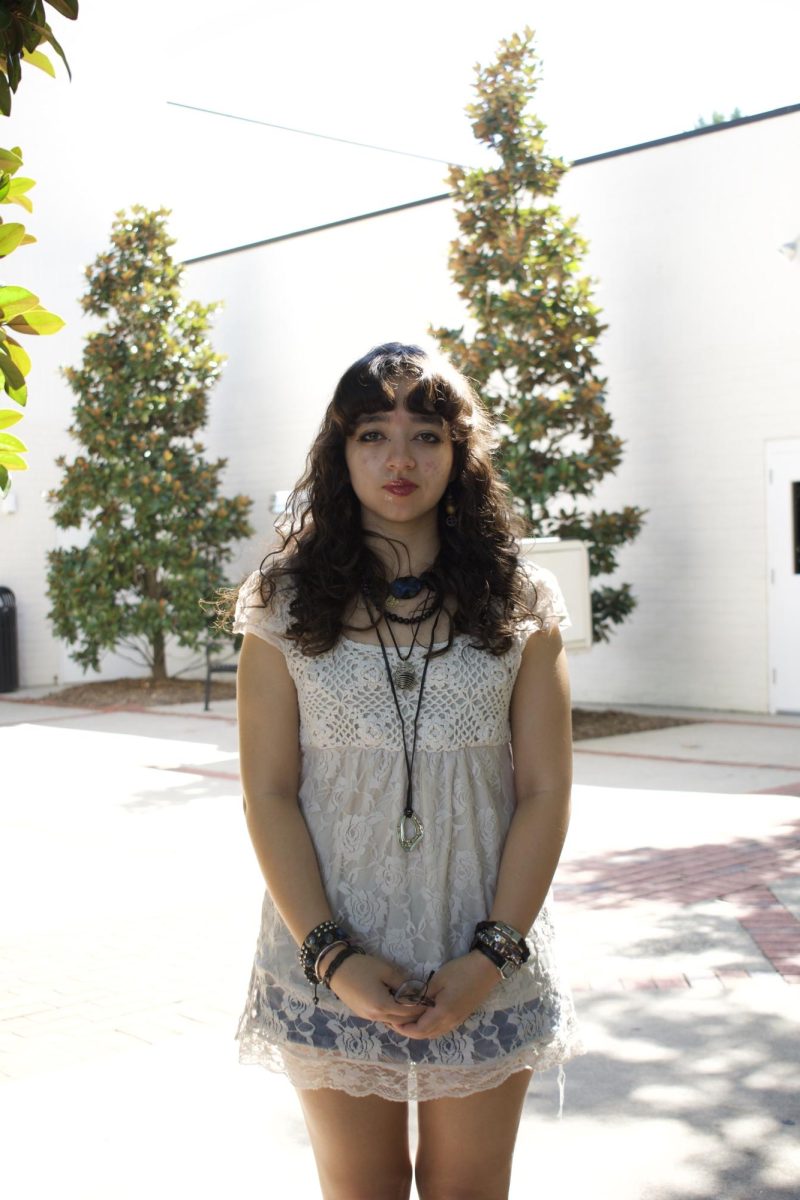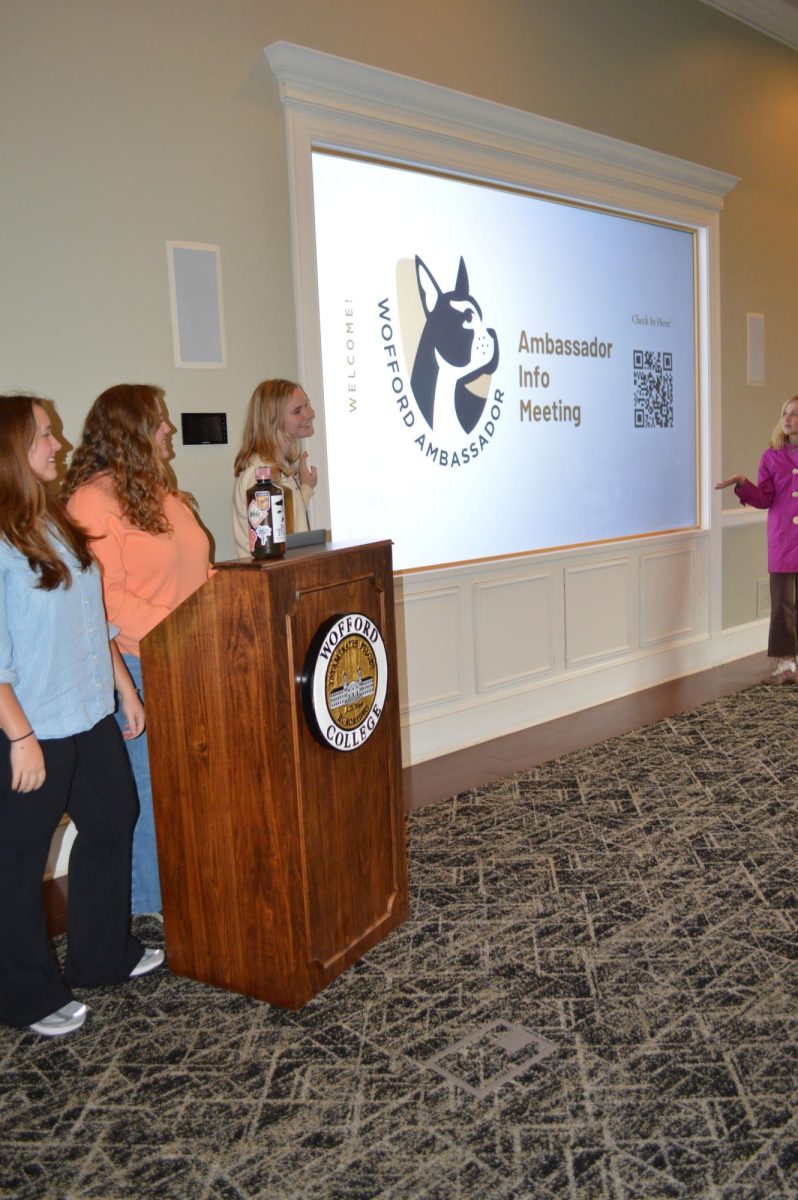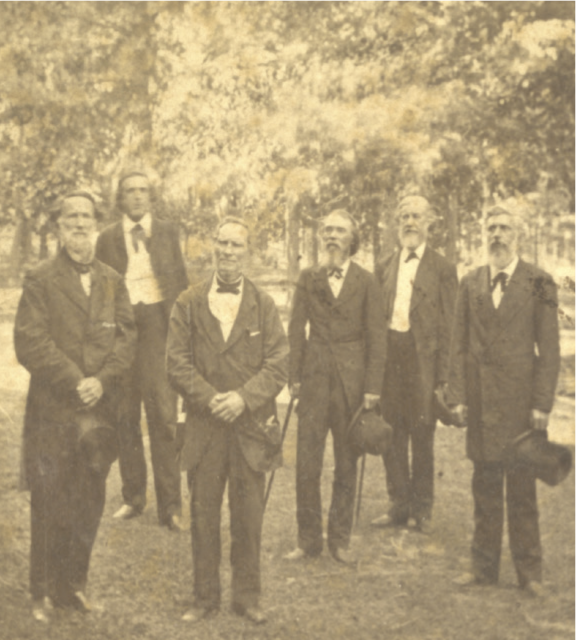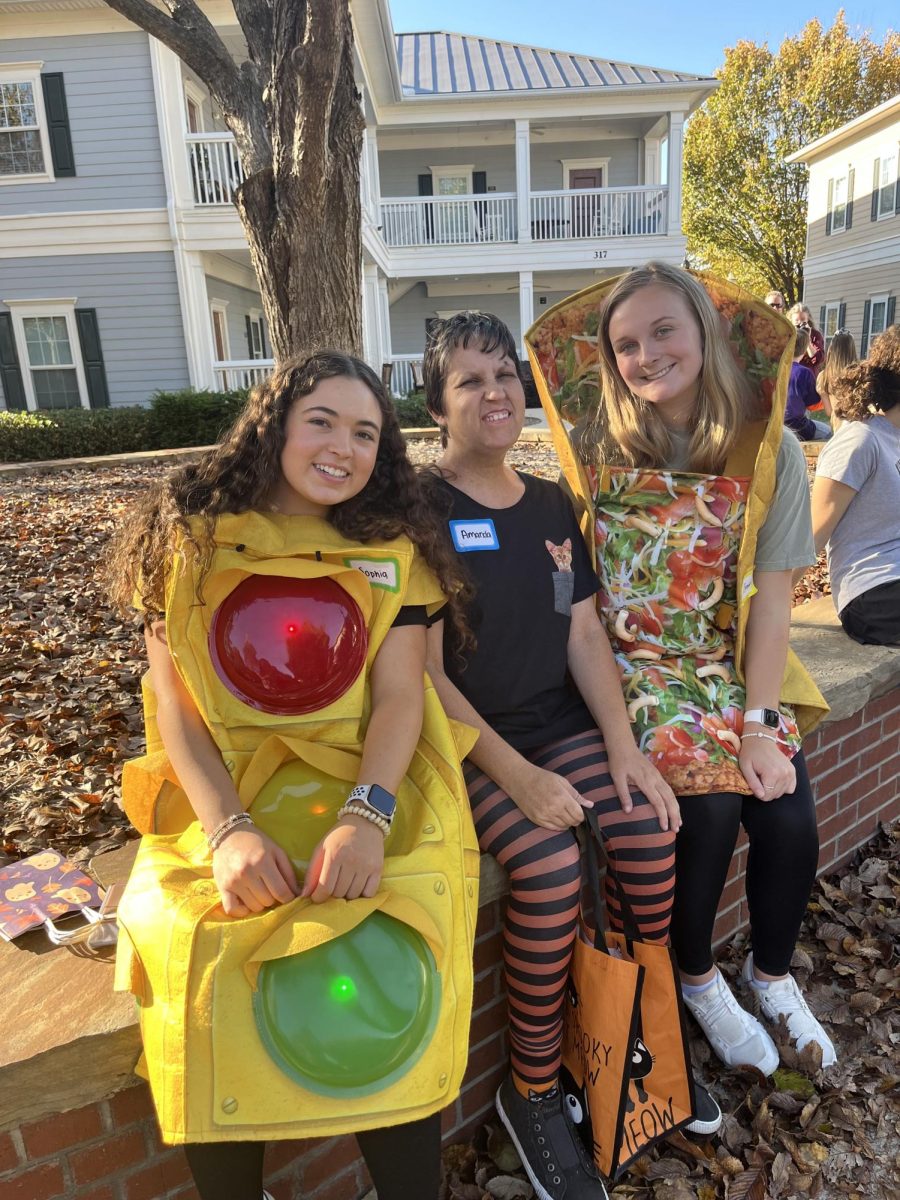Biographies of the three Wofford presidents who owned slaves
In their twelfth demand, the Wofford Anti-Racism Coalition stated that they “feel that it is inappropriate to have buildings on campus named after Carlisle, Shipp, and Wightman who all owned enslaved people. It is unacceptable and disrespectful to force students to reside in buildings named after people who did not believe in the humanity of Black people.”
For many students these are just buildings they live in or just pass by. To understand why many seek to change the names one must understand the history of the people they are named after. Detailed below will be findings from Wofford’s archives about their general biography, how these people were looked at by students, if they had any connection to the confederacy, and how many enslaved people they owned.
William May Wightman (1808-1882)
Born in Charleston, SC as the oldest in a family of eight children. Religion was a central part of his life. In their March 1889 issue, the Wofford College Journal detailed in their biography of Wightman that “his mother, a woman of fine talents and deep piety, consecrated him to God. Her efforts were bent towards making him a success in this and in the life to come.”
At 19 he graduated from the College of Charleston with “First honor.” After graduating,he debated whether to become a lawyer or a preacher, eventually choosing to become a preacher. Throughout his life he was “a minister, professor, fundraiser, newspaper editor, and friend of Benjamin Wofford.”
He was named a trustee to Wofford College in Benjamin Wofford’s 1850 will, and was the founding chairman of the College’s Board of Trustees. According to Phillip Stone, Wofford College Archivist, “the permanent board of trustees, at their first meeting in November 1853, elected William Wightman to be the first president of Wofford College.”
Wightman left the college in 1859 Wofford for Southern University in Greensboro, AL where he was elected chancellor. He was elected bishop in 1866 and moved back to Charleston.
After returning to South Carolina, he served on Wofford’s Board of Trustees from 1870 to 1882, and chaired from 1874 to 1882. Stone stated that in the fall of 1866 “Wightman presided over his first South Carolina Annual Conference. Until his death in 1882, he presided over conferences around the south.”
The 1860 Alabama Slave holder census detailed that Wightman owned nine slaves and two slave houses. There was no found evidence to sup- port whether his family owned slaves or if he owned slaves before moving to Alabama, that is not to say it does not exist.
Albert Micajah Shipp
(1819-1887)
Shipp was born in Stokes County, NC. Like Wightman, he too was a preacher who served in the Method- ist Episcopal Church starting in 1841. After leaving the pulpit, he became a teacher and “he served as president of the Greensboro Female College, and in 1850, he joined the faculty of the University of North Carolina.”
He was a trustee to Wofford College beginning in 1851, and was elected the College’s English teacher two years later. He would serve as Wofford’s second president from 1859 to 1875 and saw Wofford through the Civil War and Reconstruction Era.
During the war, the college saw a decrease in enrollment, and the college’s life hinged on that of a few students. Stone describes that “At the end of the war, the College had $85,000 in Confederate bonds, $1,200 in currency, and another $17,000 in bank stock, all of which was worthless.”
During Shipp’s presidency, Wofford would see the first fraternities and campus YMCA form. He resigned as president of Wofford in 1875 to become the Dean of the Seminary and vice Chancellor at Vanderbilt University where he would stay until 1885.
The 1860 Spartanburg Slave Census detailed that he owned 22 slaves, 13 of which were between the ages of one month and 14. It is unclear if this is the same Shipp but the 1850 census of Lincolnton, where he served in at least the year 1847 as presiding elder for the Methodist episcopal district, detailed that he co-owned six slaves.
James Henry Carlisle
(1825-1909)
Born in Winnsboro, SC, Carlisle was raised in an Irish immigrant family as the second of six children. In 1844 He graduated from South Carolina College, now the University of South Carolina.
According to Stone, that after grad- uating “he taught in Columbia for a number of years before being elected to the original Wofford College faculty in 1853. Arriving in Spartanburg in 1854.”
At Wofford he taught mathematics and astronomy and was known for including religious and moral matters into his teachings. In 1875 he was elected to be the college’s third president, a position he would keep until 1902. Unlike many of the presidents at most other denominational colleges, and those in Wofford’s past, he was not a clergyman.
Many student accounts from the mid to late 19th century hold him in high regard.
Described by at least two people in the archives as caring for his students as though he was their parents. H. J. Shoemaker, a 1895 graduate of Wofford, compared Carlisle’s greatness to that of Robert E. Lee in a tribute to Carlisle.
D. D. Wallace, a professor of history and economics at Wofford described that “He was marked by neither ambition, restless energy, nor scientific curiosity … as a matter of fact he de- veloped rather the moral and religious traits” and that “he was marked with a strong temper” but still quick to correct any wrong he may have committed.
Stone detailed in his biography of Carlisle that “Six years after coming to Spartanburg, he was elected to represent the county in the secession convention. He served a short time in the state house of representatives during the war.”
His association with the confederacy is not limited to him signing the Ordinance of Secession for South Carolina. In 1861 he purchased a confederate bond for the cost of $250, approximately $7,800 in today’s money.
On July 21, 1857 he officially purchased one slave, there is currently no proof that he bought any more and he was not listed in the 1860 slave holder census, while his sister in-law, who he lived with, was.
Conclusion
Research in the College’s Archives only confirms WARC’s findings. While all of these men are very important to the college’s history they also represent and participated in a society where a large part of our student population would be treated as no more than property.
Written by Cameron Carsten




























